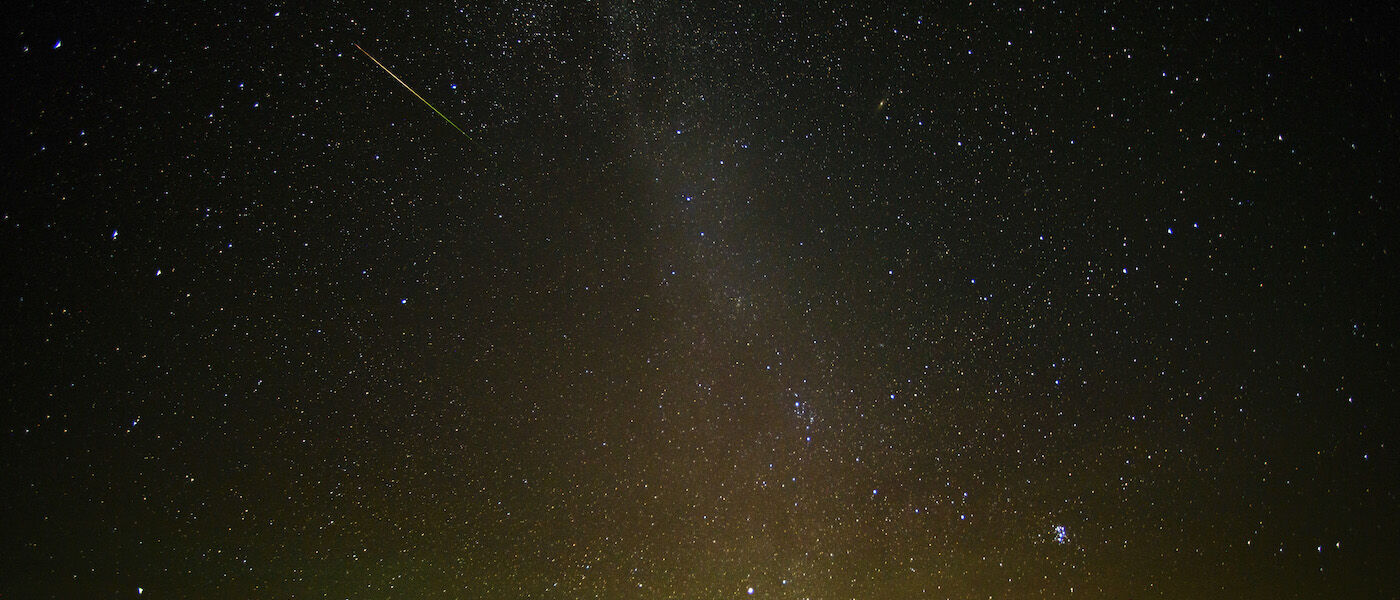Head outside this week to experience two different meteor showers

Two for the price of one! This week, two meteor showers will light the nighttime skies.
Tonight, Wednesday into Thursday, the Southern Taurids meteor shower will be at its peak visibility. This shower comes from the comet Encke, which orbits Earth about every three years. While the shower is only expected to produce ten or fewer meteors per hour, don’t be discouraged! The Southern Taurids is known to also produce fireballs, according to the American Meteor Society. Fireballs are basically what it sounds like: meteors that appear super bright, and can even cast shadows on the ground for several seconds.
To find this meteor shower, look for the constellation it is named after: Taurus! Taurus is a bright “V” shape of stars to the right of Orion. The meteors will appear to come from this part of the sky, but make sure to look at the nearby constellations instead of directly at Taurus to see the longest tails.
The second meteor shower this week – the Draconids – peaked last night, but is still visible through the week! This shower appears to come from the constellation Draco the Dragon, which will be low to the northwest in the sky. Unfortunately, this shower also usually has only around ten meteors per hour. The Draconids has been known to surprise, however, with bursts of hundreds per hour occurring unexpectedly.
What are meteor showers? These events are caused by Earth passing through the tail of a comet as both objects orbit around the Sun. The tail of a comet is made up of bits of material (usually ice and dust) called meteorites. When meteorites enter Earth’s atmosphere, they are called meteors. The meteors become heated by friction from the atmosphere. This is what we see as a meteor shower. Most meteors burn up in the atmosphere, traveling as slow as 25,000 mph and as fast as 160,000 mph! However, if the chunk of material is large enough, a small piece may survive the trip through the atmosphere and land on Earth’s surface. We call these survivors meteorites.
Hopefully we will have clear skies for a glimpse of the spectacular show, but if not there will be another meteor shower later this month from the famous Halley’s Comet!
Interested in space stories like this one? Catch a show in LSC’s Jennifer Chalsty Planetarium, the biggest planetarium in the Western Hemisphere! Click here to get showtimes and see what’s playing.